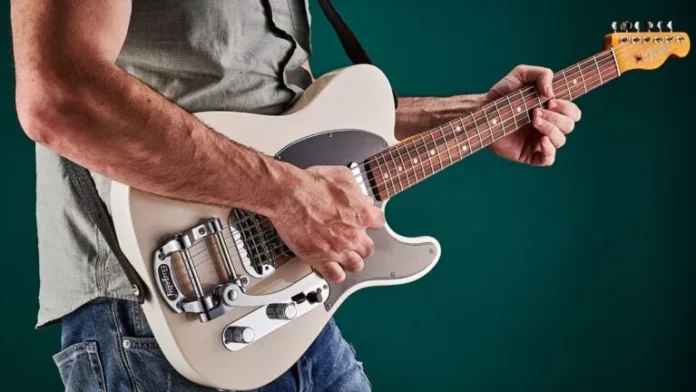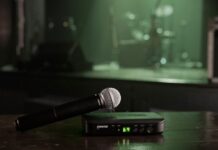So, you’ve decided to embark on a musical journey and learn to play the guitar. Congratulations! The guitar is a versatile and rewarding instrument, perfect for beginners and seasoned musicians alike. Whether you’re drawn to the soothing melodies of acoustic guitar or the electrifying riffs of an electric guitar, the world of guitar playing is waiting for you.
In this article, we will guide you through the essential things you need to know before you start strumming and picking. Whether you’re a complete novice or have limited musical experience, read on to set a strong foundation for your guitar journey.
Choosing the Right Guitar
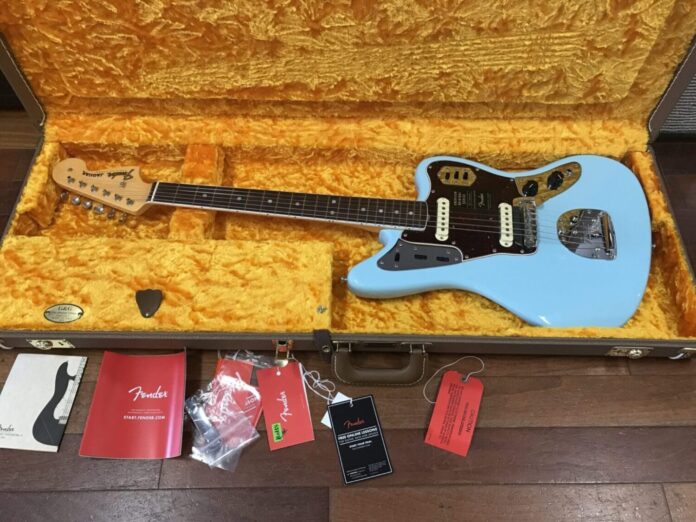
Before you can dive into the world of guitar playing, you’ll need a guitar, of course. But with so many options out there, it can be overwhelming. Here are some considerations:
Acoustic vs. Electric
Acoustic guitars are great for beginners as they don’t require additional equipment like amplifiers. Electric guitars like the Fender Jaguar, on the other hand, provide a wider range of sounds but need extra gear.
Body Type
Acoustic guitars come in various body styles, such as dreadnought, concert, and parlor. Each has its own tone and playability. Electric guitars also have different body shapes, like the classic Stratocaster and Les Paul.
Budget
Determine how much you’re willing to invest. You can find affordable options, but be cautious of very cheap guitars as they may lack quality.
Basic Guitar Anatomy
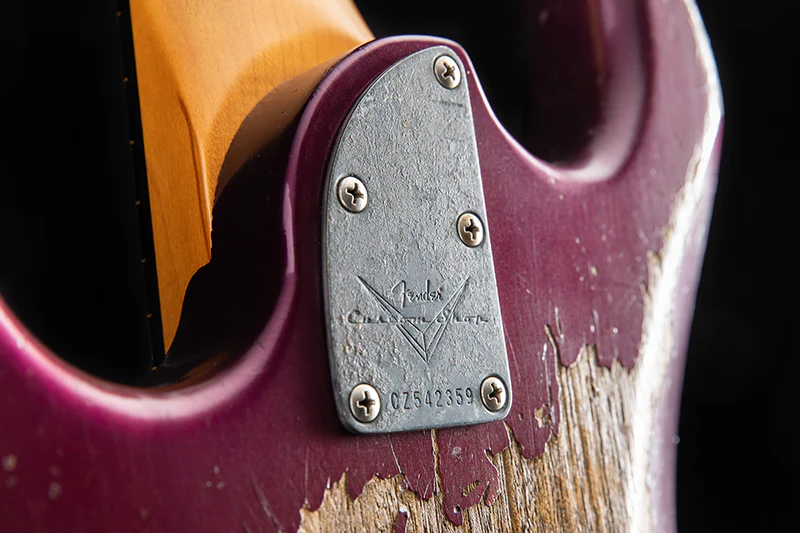
Understanding the parts of your guitar is essential before you start playing. Here are some of the crucial components you need to know:
- Headstock: The top part of the guitar where the tuning pegs are located.
- Neck: The long, slender part that connects the headstock to the bod
- Frets: Metal strips on the neck that determine different pitches when you press the strings against them.
- Body: The main part of the guitar where the sound hole (acoustic) or pickups (electric) are located.
- Strings: The six (or sometimes twelve) wires you’ll pluck or strum to create sounds.
Learning Basic Chords and Strumming
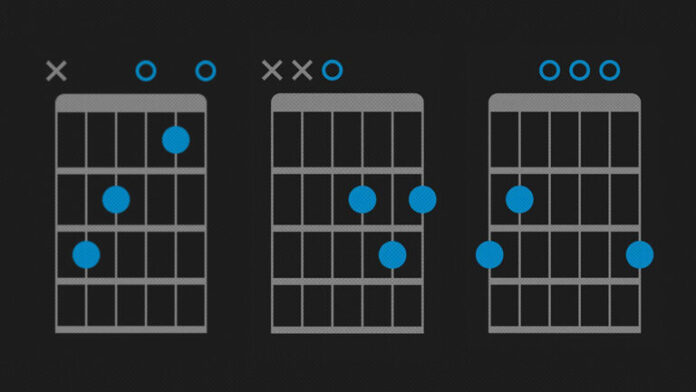
Now that you have your guitar, it’s time to start playing! You’ll begin by learning some basic chords and strumming patterns. Start with chords like C, G, D, E, and A. These are the building blocks of many songs. Practice simple downstrokes and upstrokes. Pay attention to rhythm and timing.
Tuning Your Guitar
Proper tuning is crucial to ensure your guitar sounds good. You can use a tuner or even smartphone apps for this. The standard tuning for a guitar is E, A, D, G, B, E, from the lowest-pitched string to the highest.
Finger Placement and Technique
Learning to place your fingers on the frets accurately takes time and practice. Here’s how to get started:
- Finger Numbering: Learn to number your fingers (1 – index, 2 – middle, 3 – ring, 4 – pinky) for easier reference.
- Pressing Strings: Use the tips of your fingers, not the pads, to press down the strings firmly and avoid muting adjacent strings.
- Practice Scales: Begin with the pentatonic scale, which is fundamental for solos and melodies.
Patience and Consistency
Learning to play the guitar is a journey that requires patience and consistency. Don’t get discouraged if you don’t see immediate progress. Keep practicing, and you’ll improve over time. Of course, you could also head online where you can find a near-infinite amount of resources to help teach you how to play the guitar.
Playing Your Favorite Songs
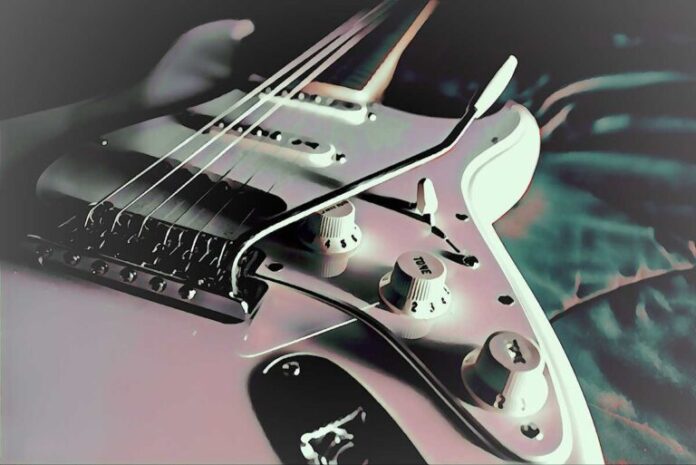
As you gain confidence and skill, try playing your favorite songs. Many popular tunes use basic chords, making them perfect for beginners to practice.
Maintenance and Care
As you embark on your guitar-playing journey, it’s essential to understand that taking proper care of your instrument is just as important as practicing your chords and strumming. Neglecting maintenance can lead to reduced playability and sound quality, so here are some tips on how to ensure your guitar stays in top shape:
Cleaning
Regularly clean your guitar to remove dust, sweat, and grime that can accumulate on the body, neck, and strings. You can use a soft, lint-free cloth to gently wipe down the guitar’s surface.
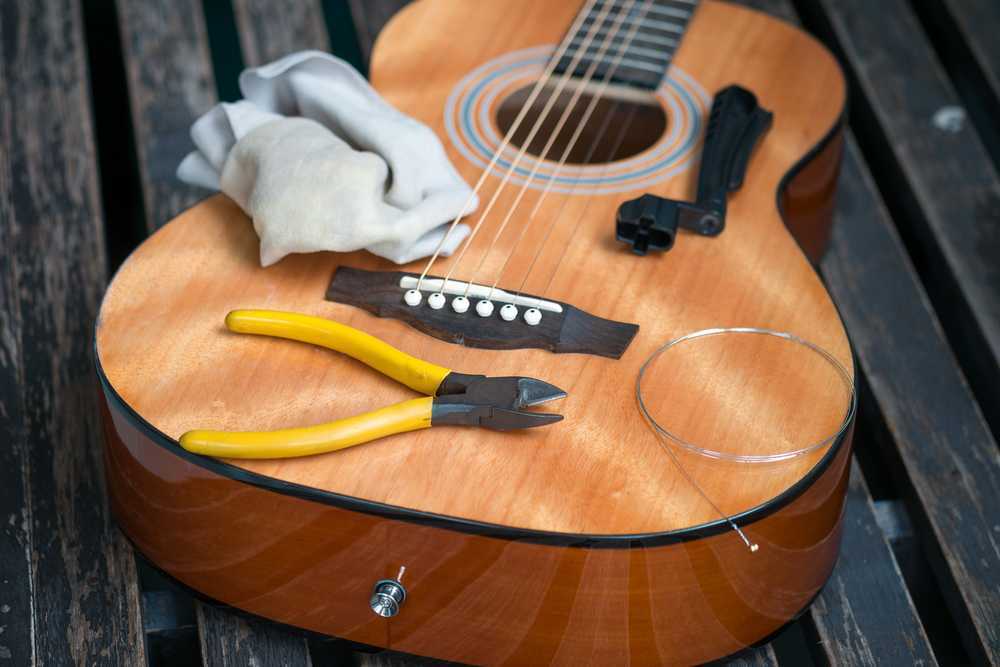
String Maintenance
Over time, the strings on your guitar can accumulate dirt and sweat from your fingers, causing them to sound dull. To maintain a fresh, crisp sound, wipe down your strings after playing with a cloth or a string cleaner. It’s also a good idea to change your strings periodically.
Storage
When not in use, store your guitar in a suitable case or stand. This protects it from dust, accidental damage, and humidity fluctuations.
Tuning and Intonation
Regularly check your guitar’s tuning and intonation. Use a tuner to ensure your strings are in the correct pitch.
Protection from Extreme Temperatures
Avoid exposing your guitar to extreme temperature and humidity changes, as these can lead to damage, such as cracks or warping.

Have Fun!
Remember that playing the guitar is not just about learning a skill; it’s about enjoying music. Have fun, experiment, and express yourself through your guitar playing.
Conclusion
Starting your guitar journey is an exciting adventure. By choosing the right guitar, understanding its anatomy, and practicing the basics, you’re well on your way to becoming a proficient guitarist. Remember, the key is dedication and enjoying the process. So, pick up your guitar and start strumming your way to musical fulfillment. Good luck!

